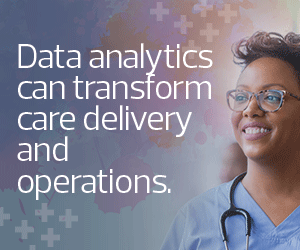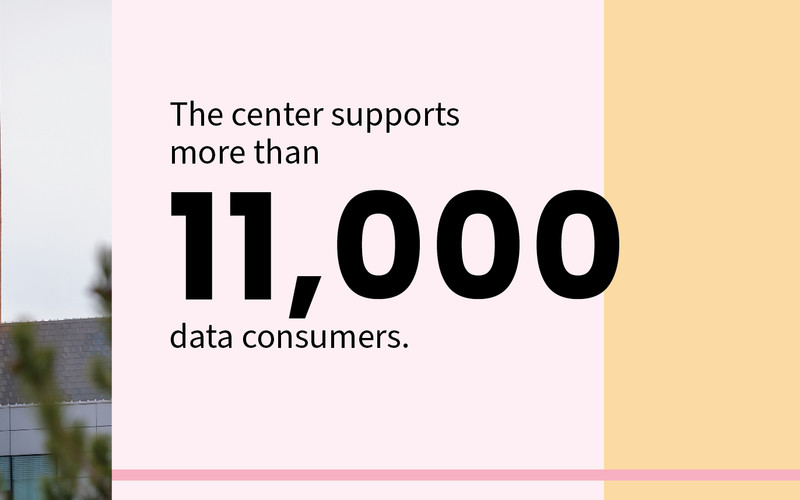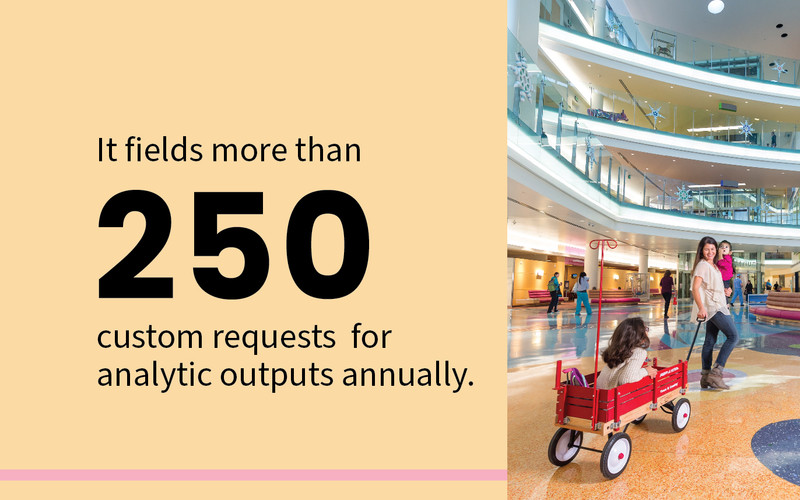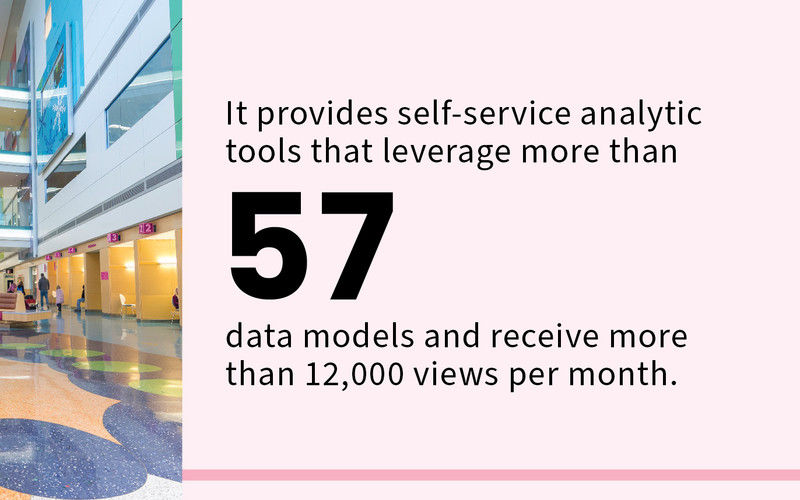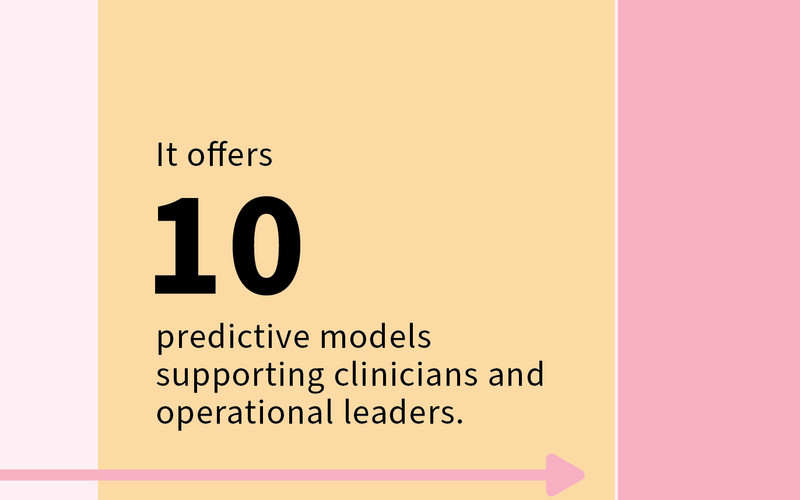Why Healthcare Is Improving Data Accessibility
Healthcare organizations have struggled for years to synthesize data at a rate and level of quality that makes it useful to providers at the point of care. Though it’s estimated that the healthcare industry produces about 30 percent of the world’s data, it’s also widely acknowledged that the sector’s data utilization is still far from what it could be.
“Data is no good to anyone if it’s not trustworthy or it’s difficult to get to,” says Brad Ryan, chief growth officer with the National Committee for Quality Assurance and an expert on data exchange and digital quality measurement.
Widespread adoption of digital health tools, especially EHRs, has made clinical data more abundant than ever, he says. The challenge is that most of the data is unstructured and nonstandardized, so it’s hard to process into clinically actionable information.
“Some health systems are certainly making progress and finding ways to put data to work,” Ryan says, “but I don’t think anyone would suggest that there’s maturity on that front as an industry.”
One organization that stands to benefit from progress made in data management is the University of Miami Health System. UHealth, as the organization is known, works closely with the university’s Miller School of Medicine, where Azizi Seixas serves as interim chair of the Department of Informatics and Health Data Science.
EXPLORE: Data management strategies enhance data analytics.
With a mission to “transform data into insights that inspire innovation and action,” the department leverages Snowflake, Amazon Web Services and other platforms as it collaborates with university researchers to make data more accessible.
“Our job is not to just process traditional health data but to enrich it with what we call real-world data,” Seixas says. That includes data from Internet of Things devices as well as claims, environmental and other information. “When stitched together, all of this data can provide us with a deeper understanding of our patients,” he adds.
Among its many areas of focus, Seixas’s team is developing tools that will take advantage of advancements in computational methodologies to analyze genomic and other omics data to help researchers better understand biological systems. The work is in support of the university’s Center for Genome Technology, a facility that provides scientific investigators with genomics services and expertise.
One of the center’s goals, for example, is to use data to accelerate drug discovery. “Maybe we can develop drugs that are better tailored to certain conditions — drugs that will enable clinicians to more easily provide exactly the right treatment at the right time and at the right dosage,” Seixas says.
Healthcare Shifts from Being ‘Data-Rich and Information-Starved’
Texas-based CHRISTUS Health manages several hundred terabytes of data across its digital platforms, “but like a lot of organizations, we’re just scratching the surface of what we can do with it,” says Stuart James, its vice president, COO and deputy CIO.
Currently, most of CHRISTUS Health’s data analytics work is conducted through the organization’s EHR. “Based on the data within the patient’s record, the system will issue best-practice advisories suggesting certain actions for the clinician to take,” James says.
Radiology reports, lab results, blood pressure readings and other information can all be collected automatically from hospital devices and delivered to the point of care, he says.
To ensure that only high-quality data factors into clinical decision-making, CHRISTUS Health depends on established data governance and stewardship programs.







